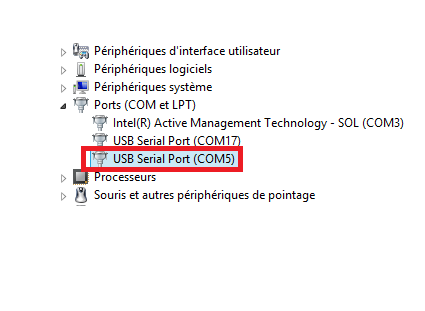hai
i want to implement the serial communication on piccolo control stick F28069.i want some of the details.
which gpio pins should be configured ?????
what are the corresponding pins on the control stick .?
Any example projects regarding serial communication on piccolo control stick????
please help me........
thanks in advance.................




